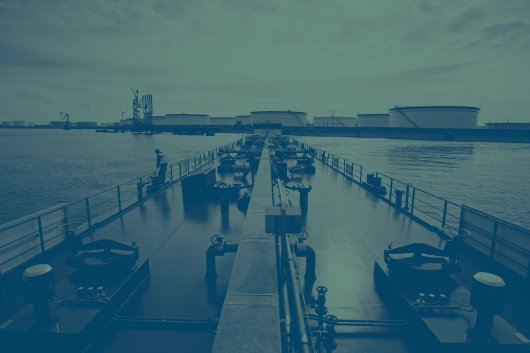Wartsila launches tug designs with hybrid propulsion
New tugs showcased for the first time in Singapore.
Wartsila has introduced a new portfolio of tug designs named the Wartsila HYTug series, where the emphasis is on environmental sustainability.
Since they typically operate in or close to harbours and populated areas, tugs are particularly affected by environmental considerations, and the need for regulatory compliance is an increasing concern for tug owners and operators worldwide.
Wartsila has already introduced tug designs featuring liquefied natural gas (LNG) fuel technology as a means for complying with environmental legislation. Only last month, Bunker Index reported that the first Europe-built dual-fuel tug incorporates Wartsila LNGPac fuel systems with 30-cubic-metre horizontally mounted Type C LNG fuel tanks, and the company has been at the forefront in developing technologies for LNG-fuelled vessels for some time.
Wartsila says the HYTug series designs have been developed utilising its knowledge in hybrid propulsion technology, along with its experience with more than 1,000 tugs built based on Wartsila's ship designs.
The recently introduced Wartsila HY hybrid propulsion solution forms the basis of the new designs, the benefits of which include the flexibility and efficiency provided by the technology. Notably, the enhanced efficiency enables the total installed main engine power to be less than with conventional designs. Using less engine power also decreases exhaust emission levels and, therefore, the environmental impact. It also reduces the fuel bill and lessens the amount of engine maintenance needed, which again adds to the cost savings.
The designs are said to provide the power and manoeuvrability for practical tug operations, with the HYTug being optimised for low hull resistance, high towing / escort performance, sea-keeping, crew safety and comfort, as well as for easy maintenance. Each design has the option to select either diesel mechanical hybrid, or diesel electric hybrid propulsion, and the designs cover a 40 to 90 ton bollard pull range with the appropriate Wartsila equipment.
The new tugs are designed with thrusters from the Wartsila WST series featuring large propeller diameters for efficient and high performance propulsion. In addition to their excellent hydrodynamics and reliability, these thrusters are also easy to install, operate, and maintain.
"We believe that new tugs will in future rely more and more on battery and hybrid propulsion, which very well complements today's operational requirements. As a total solutions provider with unmatched in-house capabilities combining ship design, engine technology, propulsion, and electrical and automation systems, Wartsila is uniquely qualified to produce tug designs that fully meet the needs of the industry, and this we have now done," said Riku-Pekka Hagg, Vice President, Ship Design, Wartsila Marine Solutions.
The development work has been carried out in close cooperation with the ABS, BV and Lloyds Register classification societies, and the designs have received Approval-in-Principle (AiP) certification. This certification means that the design complies with class safety regulations and will be class approved in actual projects. The Wartsila HY solution has itself received AiP certification from the Lloyds Register classification society.
The new designs are being launched this week at the Asian Tug Technology and Salvage conference in Singapore on September 18 and 19.
Since they typically operate in or close to harbours and populated areas, tugs are particularly affected by environmental considerations, and the need for regulatory compliance is an increasing concern for tug owners and operators worldwide.
Wartsila has already introduced tug designs featuring liquefied natural gas (LNG) fuel technology as a means for complying with environmental legislation. Only last month, Bunker Index reported that the first Europe-built dual-fuel tug incorporates Wartsila LNGPac fuel systems with 30-cubic-metre horizontally mounted Type C LNG fuel tanks, and the company has been at the forefront in developing technologies for LNG-fuelled vessels for some time.
Wartsila says the HYTug series designs have been developed utilising its knowledge in hybrid propulsion technology, along with its experience with more than 1,000 tugs built based on Wartsila's ship designs.
The recently introduced Wartsila HY hybrid propulsion solution forms the basis of the new designs, the benefits of which include the flexibility and efficiency provided by the technology. Notably, the enhanced efficiency enables the total installed main engine power to be less than with conventional designs. Using less engine power also decreases exhaust emission levels and, therefore, the environmental impact. It also reduces the fuel bill and lessens the amount of engine maintenance needed, which again adds to the cost savings.
The designs are said to provide the power and manoeuvrability for practical tug operations, with the HYTug being optimised for low hull resistance, high towing / escort performance, sea-keeping, crew safety and comfort, as well as for easy maintenance. Each design has the option to select either diesel mechanical hybrid, or diesel electric hybrid propulsion, and the designs cover a 40 to 90 ton bollard pull range with the appropriate Wartsila equipment.
The new tugs are designed with thrusters from the Wartsila WST series featuring large propeller diameters for efficient and high performance propulsion. In addition to their excellent hydrodynamics and reliability, these thrusters are also easy to install, operate, and maintain.
"We believe that new tugs will in future rely more and more on battery and hybrid propulsion, which very well complements today's operational requirements. As a total solutions provider with unmatched in-house capabilities combining ship design, engine technology, propulsion, and electrical and automation systems, Wartsila is uniquely qualified to produce tug designs that fully meet the needs of the industry, and this we have now done," said Riku-Pekka Hagg, Vice President, Ship Design, Wartsila Marine Solutions.
The development work has been carried out in close cooperation with the ABS, BV and Lloyds Register classification societies, and the designs have received Approval-in-Principle (AiP) certification. This certification means that the design complies with class safety regulations and will be class approved in actual projects. The Wartsila HY solution has itself received AiP certification from the Lloyds Register classification society.
The new designs are being launched this week at the Asian Tug Technology and Salvage conference in Singapore on September 18 and 19.
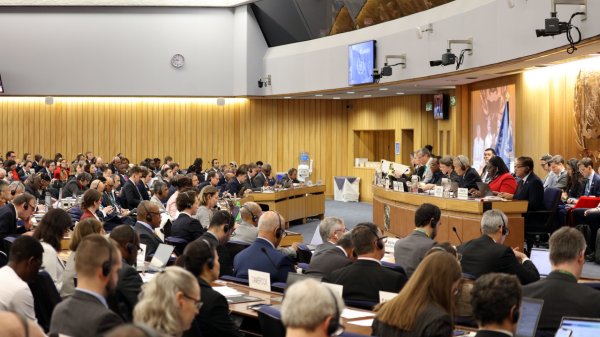
|
IMO approves pricing mechanism based on GHG intensity thresholds
Charges to be levied on ships that do not meet yearly GHG fuel intensity reduction targets. |
|
|
|
||
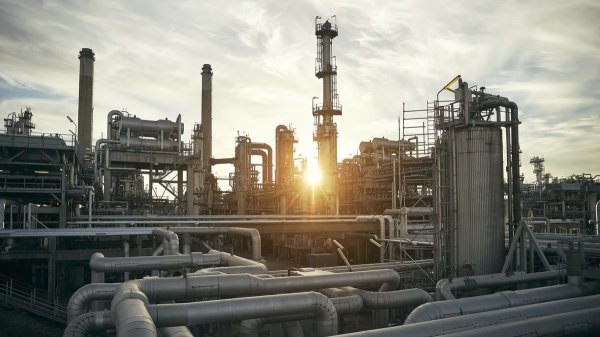
|
VARO Energy expands renewable portfolio with Preem acquisition
All-cash transaction expected to complete in the latter half of 2025. |
|
|
|
||
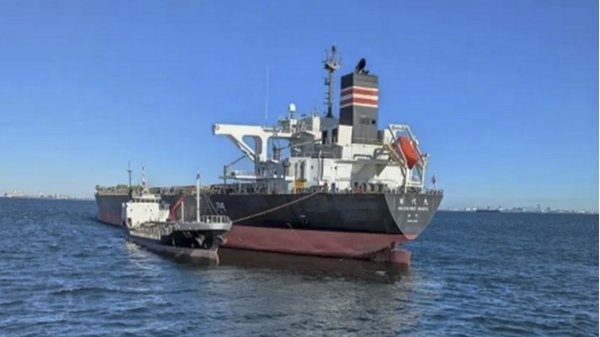
|
NYK trials biofuel in milestone coal carrier test
Vessel is used to test biofuel for domestic utility company. |
|
|
|
||
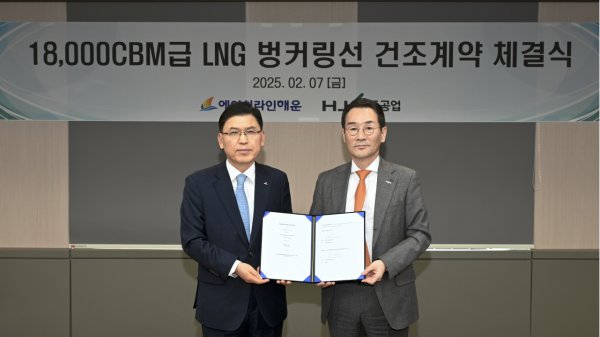
|
H-Line Shipping orders LNG bunkering vessel
Vessel with 18,000-cbm capacity to run on both LNG and MDO. |
|
|
|
||

|
How to engineer and manage green shipping fuels | Stanley George, VPS
Effective management strategies and insights for evolving fuel use. |
|
|
|
||
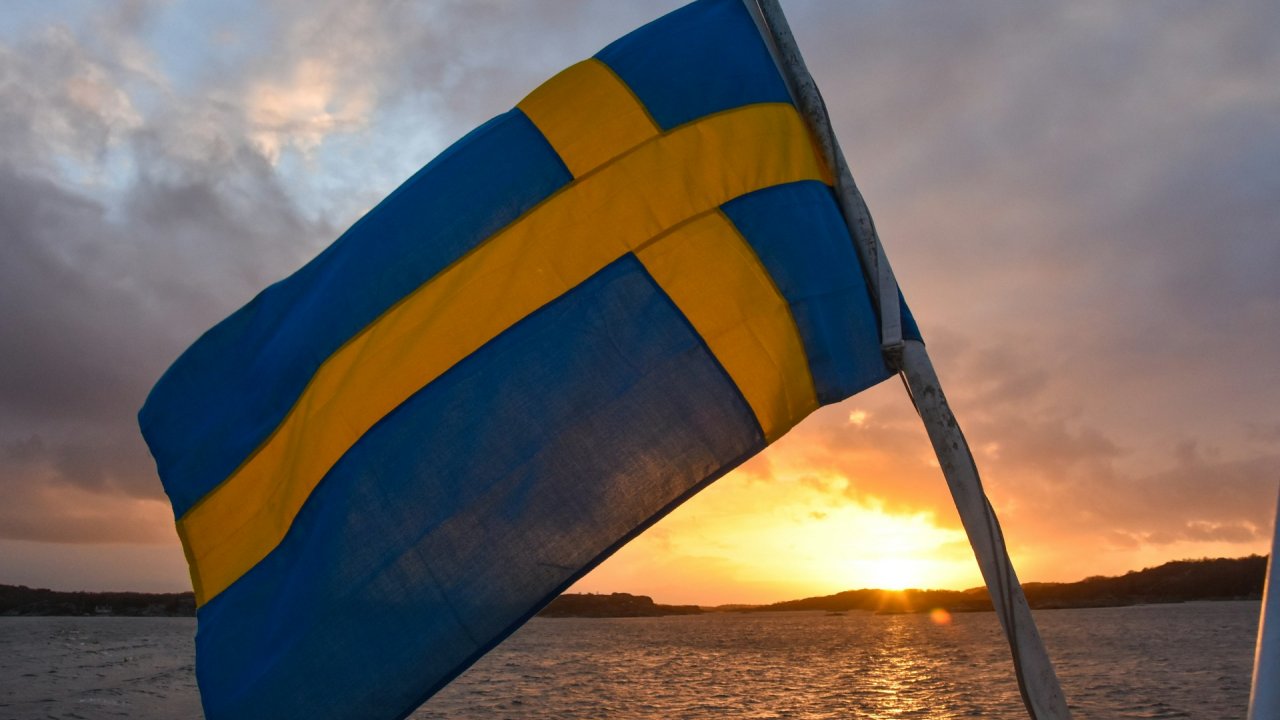
|
Swedish government bans scrubber wastewater discharges
Discharges from open-loop scrubbers to be prohibited in Swedish waters from July 2025. |
|
|
|
||
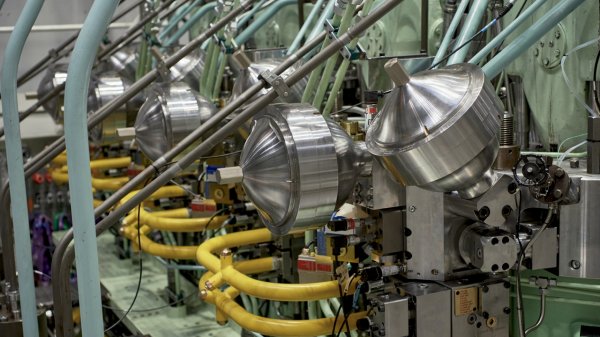
|
MAN Energy Solutions achieves 100% load milestone for ammonia engine
Latest tests validate fuel injection system throughout the entire load curve. |
|
|
|
||
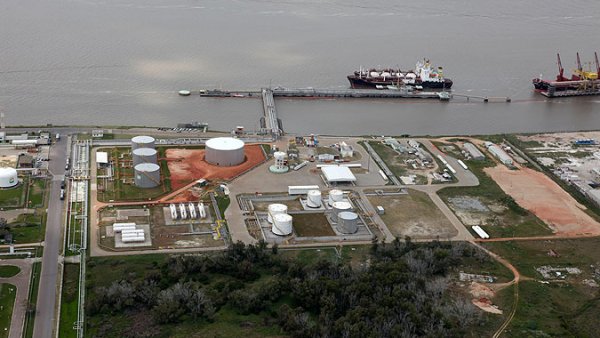
|
Petrobras secures ISCC EU RED certification for B24 biofuel blend at Rio Grande
Blend consisting of 24% FAME is said to have been rigorously tested to meet international standards. |
|
|
|
||
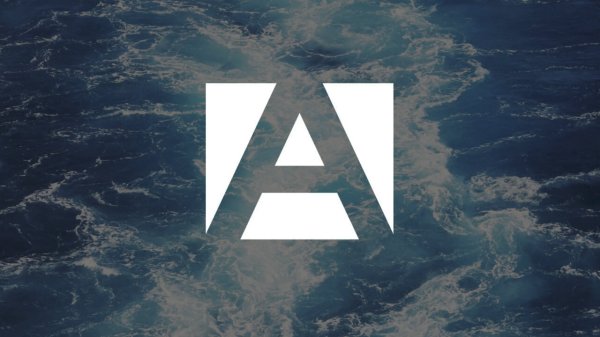
|
Stolt-Nielsen to fully control Avenir LNG with acquisition
Share purchase agreement to buy all shares from Golar LNG and Aequitas. |
|
|
|
||
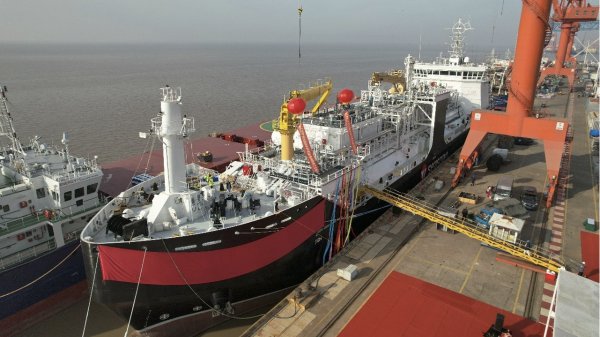
|
Bureau Veritas supports launch of CIMC SOE's LNG bunkering vessel
Handover of Seaspan Energy's cutting-edge 7,600-cbm vessel completed. |
|
|
|
||
Related Links
- · Finland [Directory]

